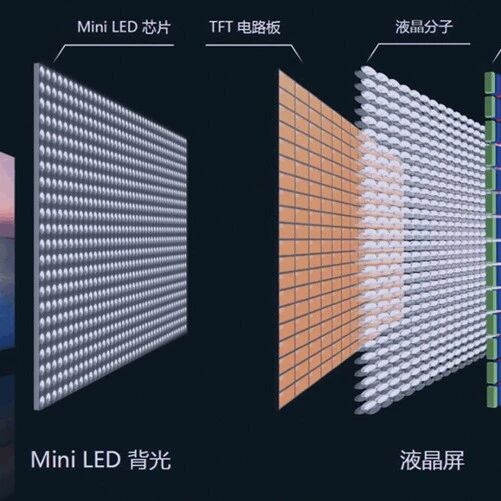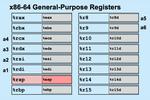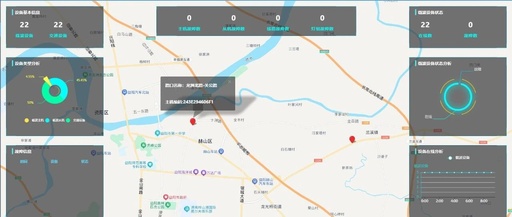4-Inch LCD Screen Ultra-Mini Smartphone: This New Device is Quite Impressive, Second-Hand for 450 Yuan
The main focus of today’s article is the Blue Fox NX1, which officially launched on June 3 on the JD platform. This is a very interesting smartphone, featuring a 4-inch ultra-mini display that is even smaller than a bank card. Despite its small size, it is fully functional and can handle tasks like playing PSP … Read more









